Psilocybe semilanceata
2 years ago · Updated 6 months ago
- Psilocybe Semilanceata: learn about the mongui, the mushroom of Saint John
- Characteristics of Psilocybe Semilanceata
- Habitat and season. Where and when to find Psilocybe semilanceata
- Psilocybes, misnamed hallucinogenic mushrooms
- Cultural significance and recreational use of Psilocybe semilanceata
- Effects and Dosage of Psilocybe Semilanceata
- Hallucinogenic mushrooms and their cultivation in mushroom bread
Psilocybe Semilanceata: learn about the mongui, the mushroom of Saint John
The Psilocybe Semilanceata mushroom, commonly known as “mongui” or “mushroom of Saint John,” belongs to the Psilocybe genus and is widely known for its use as an entheogenic or psychotropic substance. In this article, we will explore the characteristics, habitat, distribution, and effects of this fascinating hallucinogenic mushroom, as well as its recreational use and cultivation in mushroom bread.
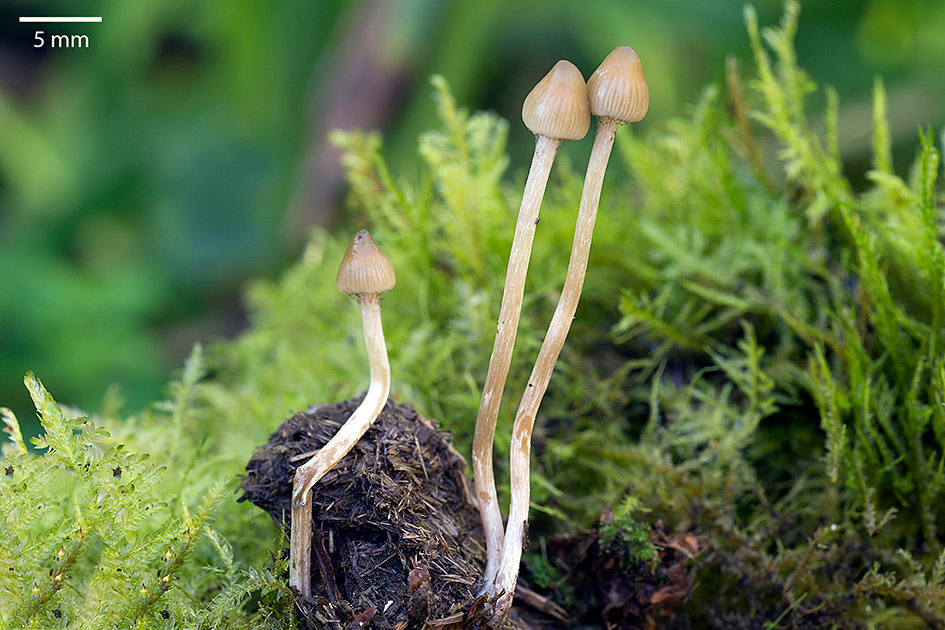
Characteristics of Psilocybe Semilanceata
- Morphological Description
- Size: Psilocybe Semilanceata are small mushrooms, measuring between 2 and 5 cm.
- Cap: Bell-shaped, nipple-like caps with a smooth cuticle that can vary in color from pearly white to brown, with yellowish, purple, blue, or greenish tones due to the oxidation of psilocin.
- Gills: The gills are cream-colored at first, then brown and finally dark purple. They are attached to the stem and consist of between 15 and 27 thin lamellae.
- Stem: The stem is thin, without a ring, and light yellowish or sepia in color, and can exceed 5 cm in length.
- Spore print: Produces purplish-brown spores.
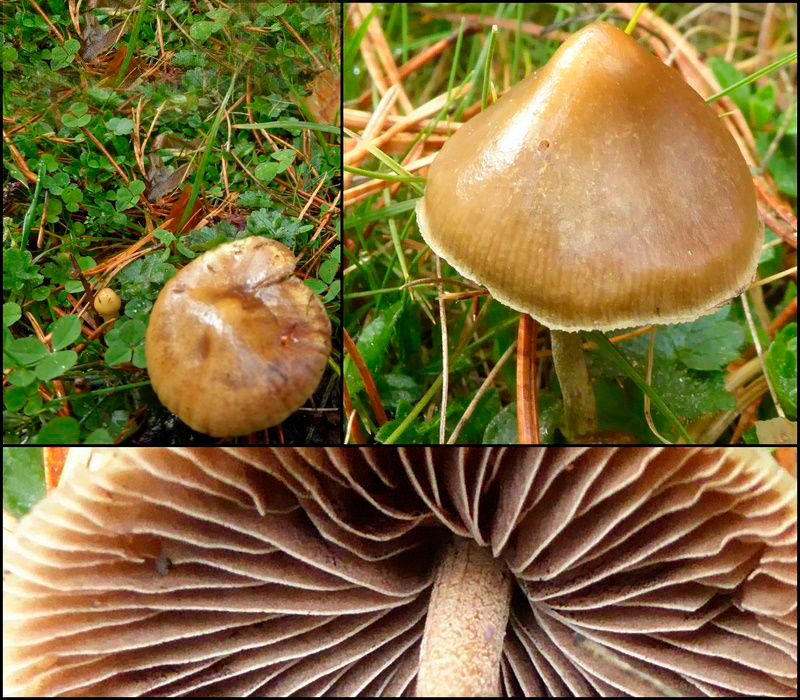
Habitat and season. Where and when to find Psilocybe semilanceata
-
- Habitat: These mushrooms grow mainly on nitrogen-rich soil, such as meadows and pastures, where they are found near livestock or growing directly on manure.
- Season: They fruit from summer to fall, with the latter season being the best time to find them.
Distribution of Psilocybe Semilanceata
Psilocybe Semilanceata is the most common mushroom containing psilocybin. It is found in Europe, North America, South America, Australia, and New Zealand. In Europe, it is widely distributed, including countries such as Germany, Spain, France, Italy, and the United Kingdom, among others.
In North America, it is most common in the Pacific Northwest, Canada, and parts of the United States. In South America, it has been recorded in countries such as Brazil, Argentina, Uruguay, and Chile. In Australia and New Zealand, it grows in high-altitude grasslands.
Psilocybes, misnamed hallucinogenic mushrooms
The misnamed “hallucinogenic mushrooms” encompass a variety of psychoactive mushroom species, including Psilocybe semilanceata. Although the term “hallucinogenic” is frequently used to describe them, it is important to note that these mushrooms do not produce hallucinations in the strict sense of the word.
Instead, they contain psychoactive compounds such as psilocybin and psilocin, which produce psychoactive effects and alter sensory perception and consciousness. These effects can include visual distortions, changes in the perception of time and space, and an intensification of feelings and emotions.
It is essential to bear in mind that these mushrooms must be used responsibly and with caution, as the effects can vary greatly between individuals and incorrect dosages could lead to unpleasant experiences or even pose a risk to mental and physical health. Research and education about these mushrooms are essential to ensure their appropriate and safe use in suitable contexts.
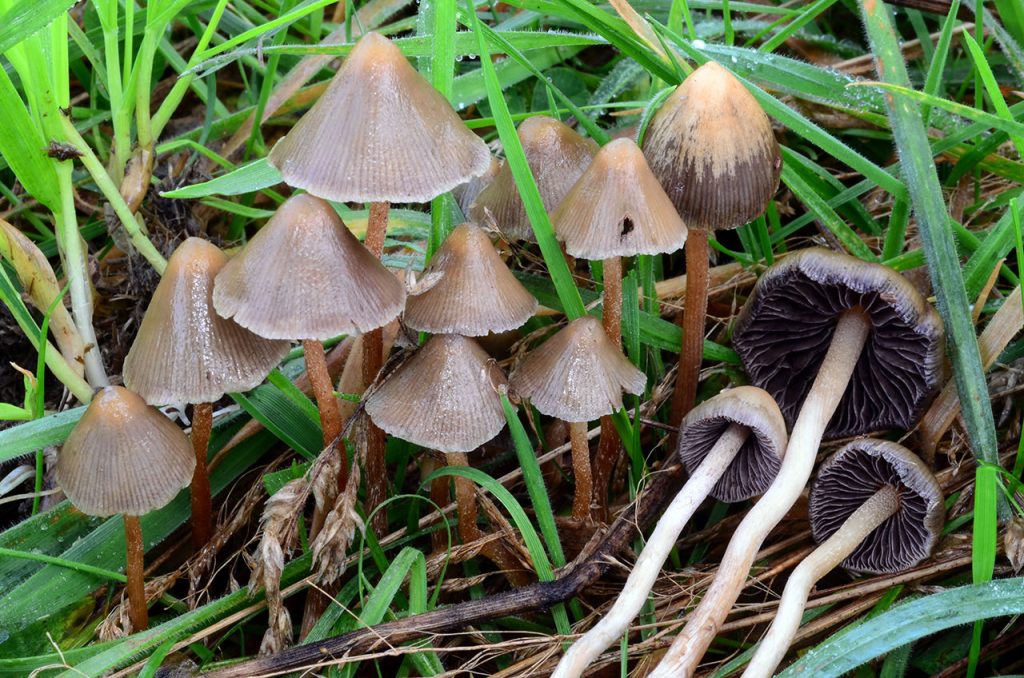
Cultural significance and recreational use of Psilocybe semilanceata
- Psilocybe semilanceata, like other psychotropic mushrooms, have been used by shamans and sorgiñas in ancestral rituals.
- Ingestion can cause effects on the body and personality, altering perception of space and time, feelings, hunger, sleep, and sensory comfort.
- Recreational use
- Currently, some people use Psilocybe Semilanceata for recreational purposes due to its hallucinogenic effects.
- It has become an option for those seeking psychoactive and spiritual experiences, especially in controlled and safe environments.
- However, it is important to mention that recreational use involves responsibility and caution, as it can profoundly affect a person's perception and mental state.
Effects and Dosage of Psilocybe Semilanceata
- Effects of Consumption
- The effects are similar to those produced by LSD and mescaline.
- They usually appear within the first half hour after ingestion and peak between one and one and a half hours later.
- Physical effects: Dilated pupils, possible nausea, vomiting, diarrhea, tremors, dizziness, and increased blood pressure and heart rate.
- Psychological effects: Profound alteration of sensory perception, seeing colors when closing your eyes, visual distortions, feeling like you can see sounds or movements, increased hearing, and possible feelings of terror or madness.
- Dosage
- The dose of Psilocybe Semilanceata varies depending on various factors, such as body weight and the user's experience.
- In general, it is recommended to start with low doses to assess individual sensitivity and avoid adverse reactions.
- A typical dose can vary between 1 and 2 grams of dried mushrooms for beginners, while more experienced users may opt for higher doses, reaching 3 or 4 grams.
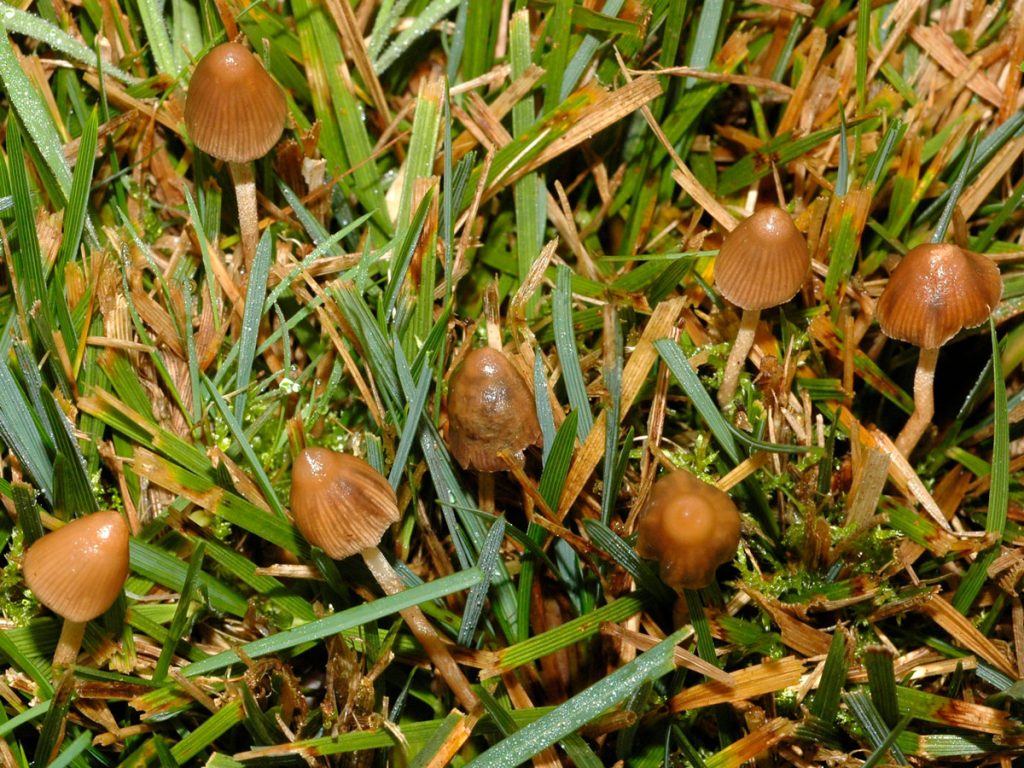
Hallucinogenic mushrooms and their cultivation in mushroom bread
Hallucinogenic mushrooms, such as Psilocybe Semilanceata, contain psychotropic compounds, mainly psilocybin and psilocin, which generate hallucinogenic and psychoactive effects. Due to the growing popularity of these mushrooms, interest in growing them in controlled environments has increased.
Growing psilocybe mushrooms in mushroom bread
Growing hallucinogenic mushrooms in bread is a technique that has gained popularity among mycology enthusiasts. Mushroom bread is a container in which mushrooms are grown in a simple and effective way. Through a process involving the preparation of a nutrient substrate, such as rice or vermiculite, and inoculation with mushroom spores, it is possible to obtain hallucinogenic mushrooms.
An option for those who wish to venture into the cultivation of Psilocybe or other hallucinogenic mushrooms is to purchase cultivation kits. Grow kits include everything you need to start the process safely and easily. These kits usually include a prepared substrate, selected mushroom spores, and the necessary instructions for growing at home.
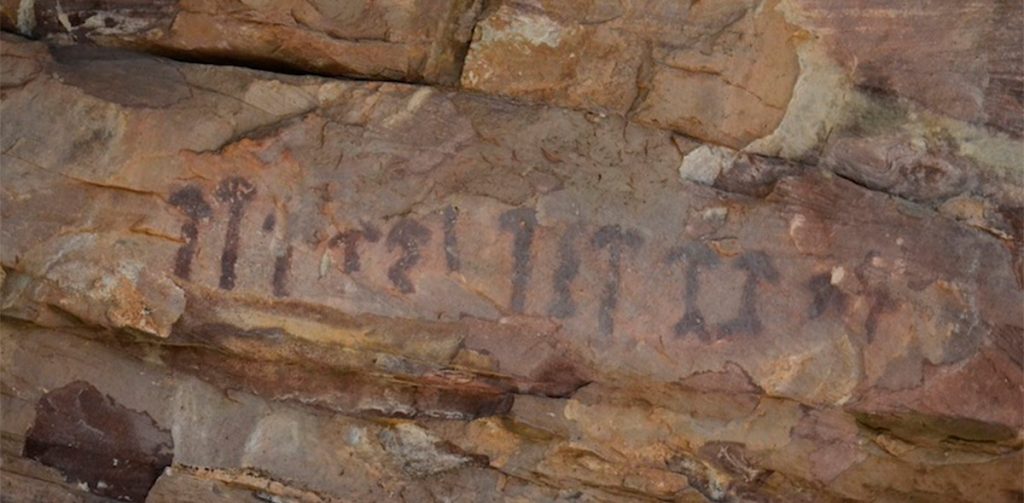
Psilocybes and rock art
The rock paintings in the Selva Pascuala rock shelter in Cuenca, Spain, depict psilocybes. They offer us a fascinating glimpse into the past and the ancestral relationship between humans and these hallucinogenic mushrooms.
These paintings, which date back to prehistoric times, suggest the importance of psychoactive mushrooms in ancient cultures. The images of psilocybes in these paintings may have been used in ceremonial rituals or to access altered states of consciousness.
It is a reminder of how these mushrooms have been part of the human experience since ancient times and of humanity's ongoing fascination with exploring its environment and the possibilities it offers.
Psilocybe semilanceata, mongui
Psilocybe Semilanceata, known as “mongui” or “St. John's mushroom,” is a fascinating mushroom of the Psilocybe genus, known for its powerful psilocybin content. It is found in various regions around the world and has been the subject of interest in ancient cultures due to its psychotropic properties.
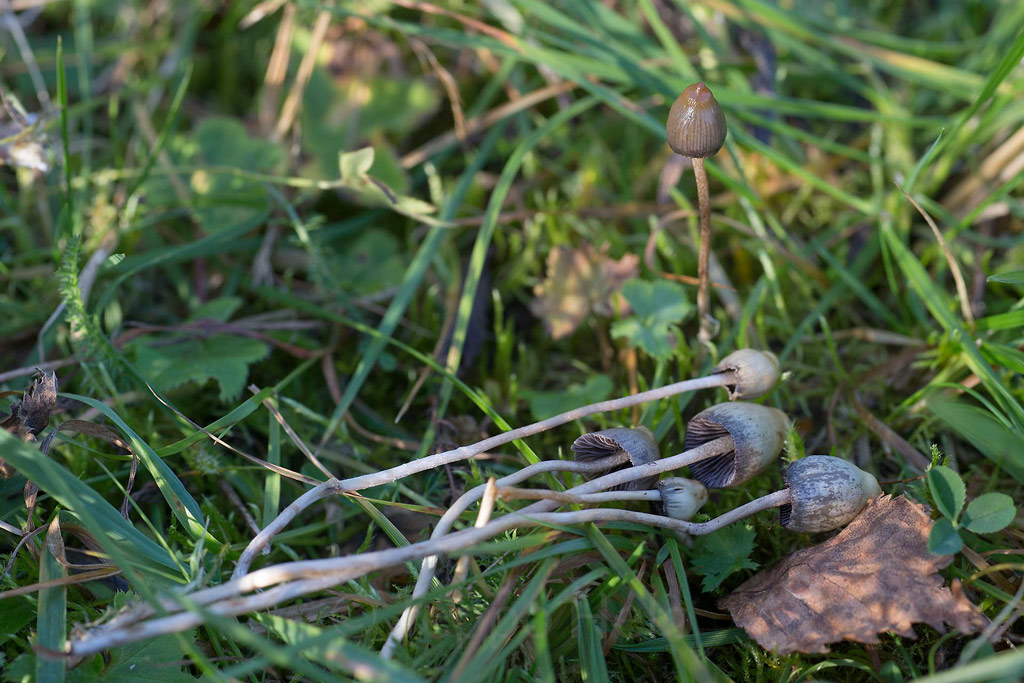
Its recreational use, although controversial, has led to greater interest in its cultivation in mushroom bread, where specialty stores such as La Casa de las Setas offer kits for mycology enthusiasts. However, it is important to remember that the consumption of Psilocybe Semilanceata involves responsibility and caution, and should always be done in a controlled and safe environment.
Health and psilocybes!


Te pueden interesar